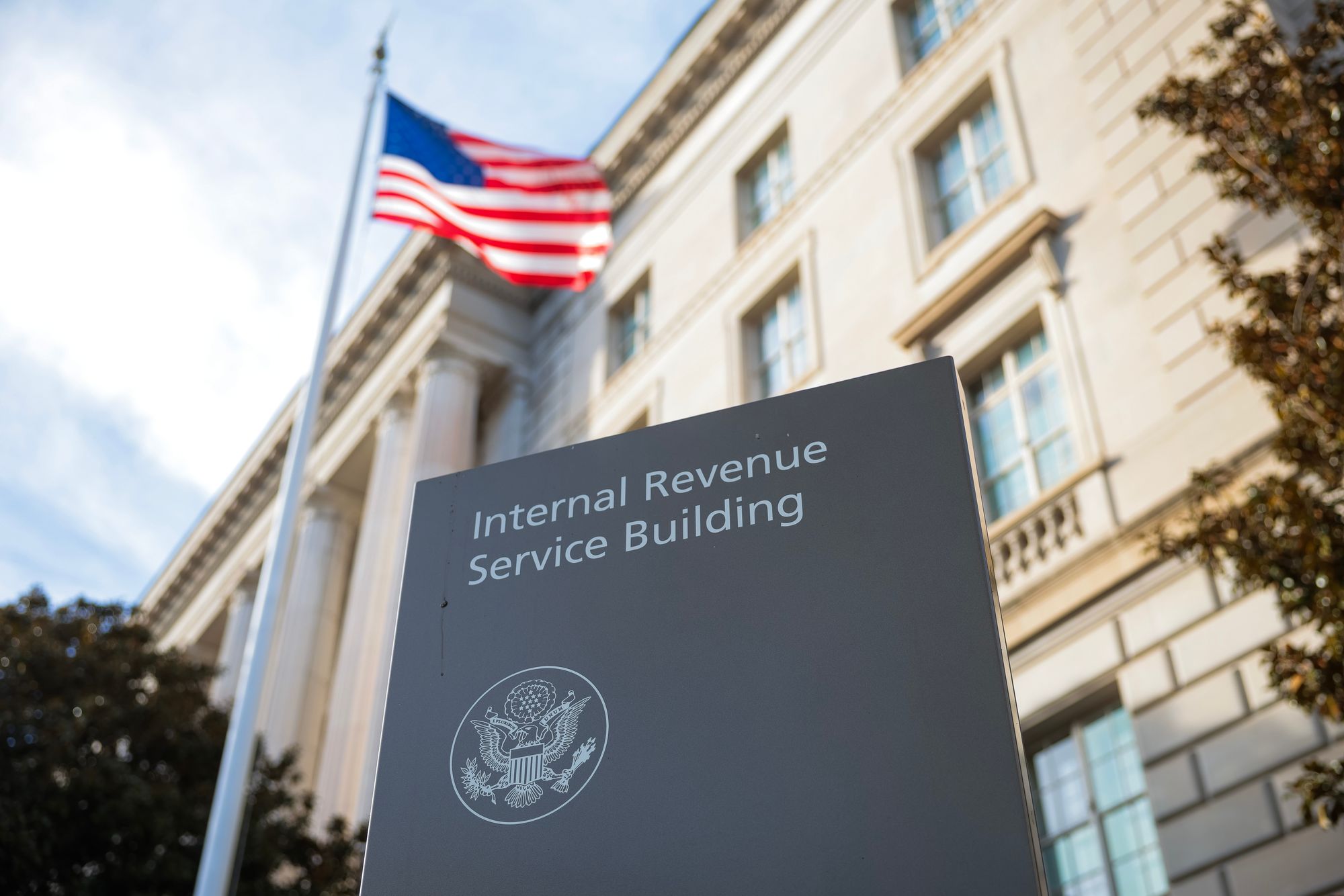Changes are coming to “catch-up” contributions under 401(k) retirement plans for employees aged 50 or older who are considered “high earners.”
The Internal Revenue Service and the U.S. Department of the Treasury finalized the rules last week for several provisions from the Secure 2.0 Act of 2022, which set the threshold for a high earner at more than $145,000 in wages, according to the Wall Street Journal.
The change means that in 2027, workers aged 50 and older who earn $145,000 or more must make their 401(k) contributions after paying taxes. Some plans, however, may make the change in 2026 “using a reasonable, good faith interpretation of statutory provisions,” the IRS said in a press release.
Under the new rule, high earners will be paying taxes on their catch-up money during their high-earning years, as opposed to during retirement, when their income is typically less.
The IRS allows people ages 50 and up to put an extra $7,500 in their 401(k) plans before hitting pre-tax limits as a “catch-up.” All money in a Roth account can be withdrawn tax-free.

However, that perk will vanish for “high earners” who make over $145,000. Those savers could now lose a nearly $4,000 deduction for an $11,250 super catch-up contribution, according to the report.
Those worst off thanks to the change are high earners without a Roth 401(k) — as they won’t be able to make any catch-up contributions at all.
With catch-up contributions, people who are 50 or older can contribute an extra $7,500 on top of the basic $23,500 limit for 2025.
Meanwhile, a super catch-up option has allowed people between the ages of 60 and 63 to increase their catch-up contribution to $11,250.
Contribution limits are adjusted each year for inflation. In 2026, the catch-up limit is expected to be about $8,000, while the basic limit is expected to stay the same at $11,250.
The choice between Roth and pretax catch-up contributions may depend on several factors, including the saver’s current and future tax brackets, experts told CNBC.
The biggest piece of advice for investors is to “not sit on the sidelines” as the rules change, certified financial planner Jared Gagne told the outlet.

